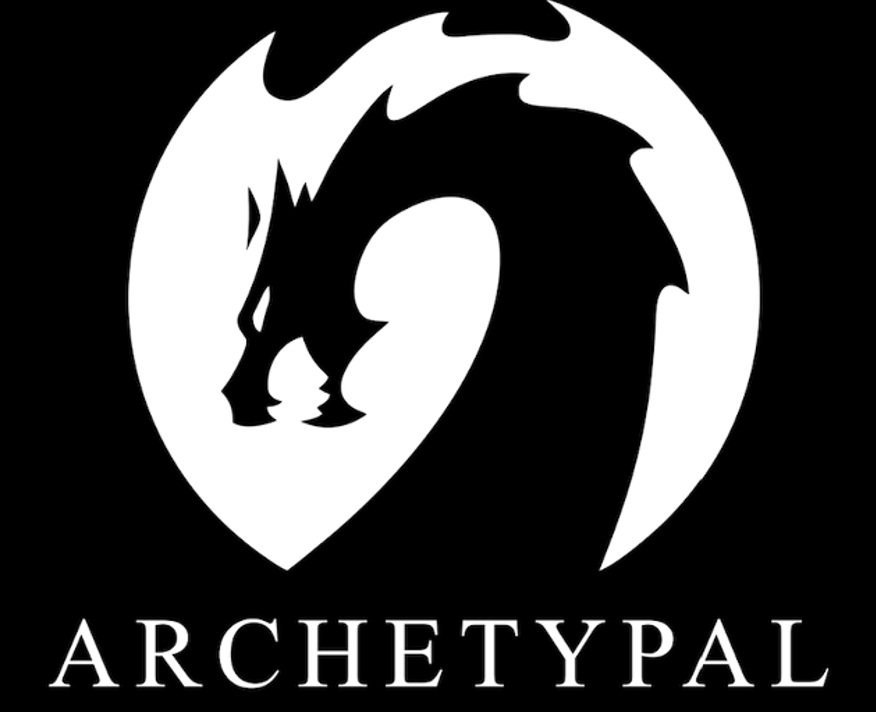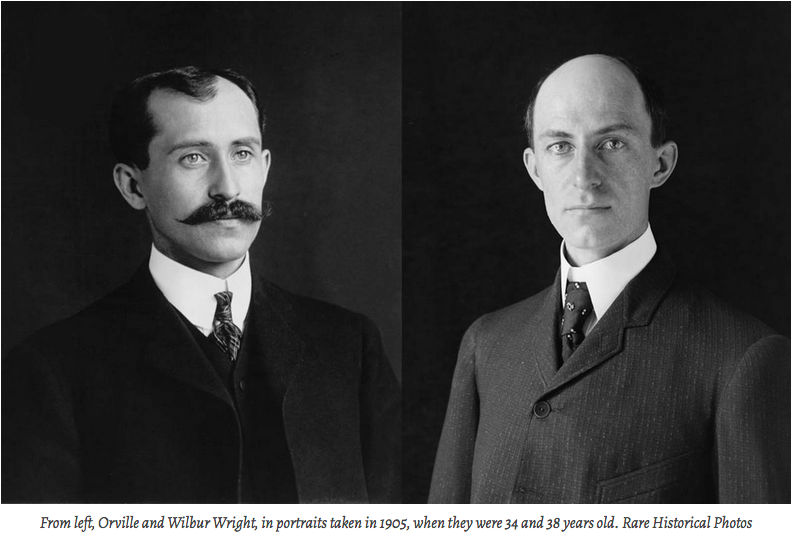The Paradox of Vulnerability
Our Greatest Strength is in Our Willingness to Embrace Vulnerability
https://monovisions.com/vintage-the-wright-brothers-first-flight-in-1903/
Lately here at Archetypal we have been building an online course, to reside on a web platform for industry education. During this process the decision was made to not only focus on the Shadow elements of being human that have lead to catastrophe, but to contrast them with their Luminant counterparts that have led to amazing discoveries and success.
One of the many gifts of this approach was that it unearthed the difference in human behaviour that lead to the sinking of the Titanic with another 100 plus year old event, the flight of the Wright brothers. The very attempt to be invulnerable leads to that which we fear most. And by contrast, the willingness to recognize and own our fragility, which allows for the connection needed for us to soar.
Human Hazard Management Model © Archetypal 2024
The purple oval depicts the wholeness of being human. We can only be aware of our shadow we can’t rid ourselves of it. Orange depicts the part of the model that applies to the Titanic and the Wright Brothers.
We know that Titanic struck an ice berg and sunk, killing over 1500 individuals. Those are the mechanics of the tragedy. But it was the practice of invulnerability that first slayed the thousand year history of what it means to be a good mariner. The unwillingness to feel vulnerable, by those navigating the hulking steel of a ship, resulted in an reluctance to make the observations needed to navigate the icy waters of the North Atlantic, safely. They failed to take action on the flat calm, which meant that no waves would be breaking on bergs betraying their location. They neglected to act upon the inky black of a moonless night, knowing it would be nearly impossible to see obstacles. Desensitized to the smell of the presence of ice, as survivor Frank Prentice had observed, they carried on at nearly full steam. And good communication between people was thrown out too. But Captain Smith, “Could not imagine any condition which would cause a ship to founder. (and that) Modern shipbuilding has gone beyond that.” It is true, that Smith changed the ship’s course to a more southerly route. But it was likely the unwillingness to to feel vulnerable that led to the isolation from what was happening around them, that sealed their demise. The paradox is, that we need to feel vulnerable in order to take the right actions, to allow for safety.
Captain Smith
https://ourplnt.com/titanic-sinking-real-time/
The Wright brothers, by contrast just a few years before the sinking of the Titanic, took a very different approach. Flight was unknown and so that worked in their favour. But it was the humility to recognize their ignorance and vulnerability that led to their flight. Their goal was not just flight, like so many others. Their brilliance was to aim their efforts to achieve ‘controlled flight’ because they understood that getting high off the ground was dangerous without the ability to influence their speed, flight dexterity and direction. So they observed the nature of birds closely to unlock the mysteries of what avians actually do to achieve controlled flight. By studying flight from the masters of the air. the brothers unlocked the stability that a tail brings and that “wing warping” (or ailerons) was critical for turning. With these secrets from connecting with nature humbly, Orville and Wilbur were ready to take flight.
https://historycollection.com/23-photos-wright-brothers-flights/
But it was where they chose to practice early flight, that was inspiring. They needed steady wind. Hills were important too. They also required soft landings in the sand, without rocks or trees to crash into. Kittyhawk North Carolina had all of the these terrain features and characteristics. It was also hard to get to, but they took on this effort because they knew it was critical for their safety. The Wright brothers soared because the had an eye to the vulnerabilities and embraced them, and we all benefit from their effort.
Brene Brown’s work with the importance of vulnerability is not limited to establishing authentic connection in human relationships. It is powerful when it is applied to authentic connection in all of our relationships. Managing ourselves is high hazard environments and situations requires this path to connect with outselves, other people, our equipment, and our environment.
https://www.smh.com.au/culture/tv-and-radio/life-as-an-endless-group-therapy-session-bren-brown-isn-t-the-only-way-20220523-p5antx.html
Have a look around. In science, politics, industry, medicine and finance, these two case studies live on in everything we do. It is those who understand the importance of vulnerability that are leading the way to a better future not only for humanity, but all life on Earth. Living into and expressing vulnerability is not weakness, as we have mistaken in the past at our peril, it is strength. This is the fundamental evolution to be embraced.
For more information on human hazard management, visit archetypal.ca
https://monovisions.com/vintage-the-wright-brothers-first-flight-in-1903/






